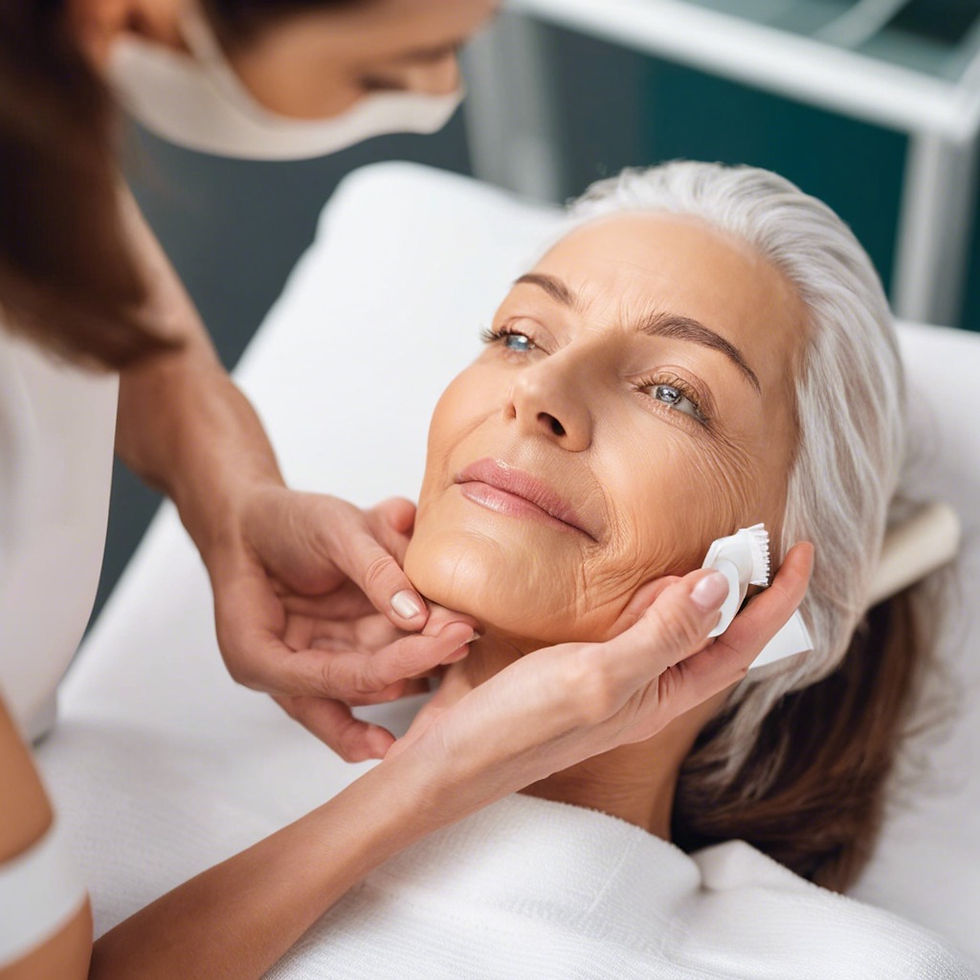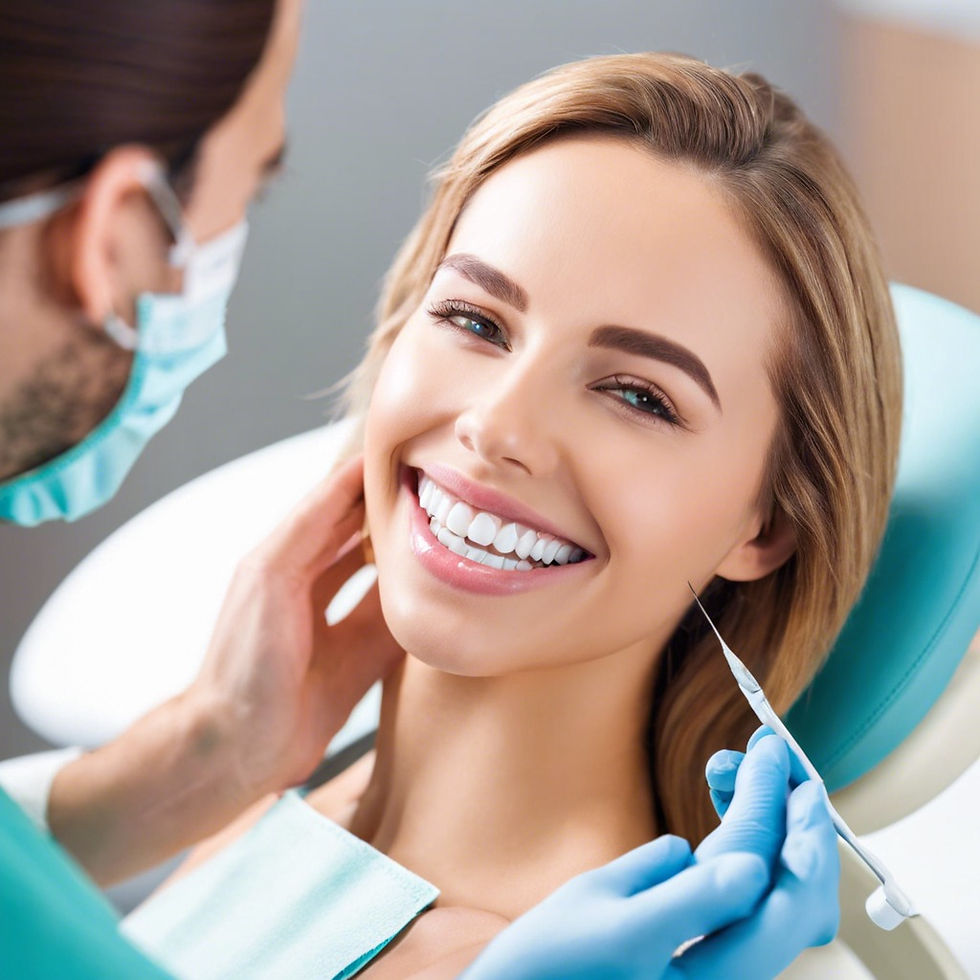"The Ultimate Guide to anti-aging Treatments: Everything You Need to Know"
- Haawk Clinic

- Apr 10, 2024
- 3 min read

As we age, our skin begins to show signs of wear and tear. Wrinkles, fine lines, age spots, and sagging skin are all common concerns that many people have as they get older. Fortunately, there are a variety of anti-aging treatments available that can help combat these signs of aging and restore a more youthful appearance. In this ultimate guide, we will explore the most popular anti-aging treatments, how they work, and what you need to know before choosing the right option for you.
Understanding the Aging Process
Before diving into the different types of anti-aging treatments, it's important to understand the aging process and why our skin develops wrinkles and other signs of aging. As we age, our skin loses collagen and elastin, which are proteins that help maintain firmness and elasticity. Additionally, factors such as sun exposure, smoking, and genetics can contribute to the development of wrinkles and fine lines.
Common Anti-Aging Treatments
1. Retinoids
Retinoids are a form of vitamin A that can help improve the appearance of fine lines, wrinkles, and uneven skin tone. They work by stimulating collagen production and increasing cell turnover. Prescription-strength retinoids are available from a dermatologist, while over-the-counter retinol products can also be effective for milder concerns.
2. Botox
Botox is a popular injectable treatment that temporarily paralyzes the muscles responsible for causing wrinkles. It is commonly used to reduce the appearance of forehead lines, crow's feet, and frown lines. Results typically last for several months before needing a touch-up.
3. Dermal Fillers
Dermal fillers are injectable gels that can help restore lost volume in the face, smooth out wrinkles, and enhance facial contours. Common types of fillers include hyaluronic acid and collagen-stimulating fillers. Results are immediate and can last anywhere from six months to two years, depending on the type of filler used.
4. Chemical Peels
Chemical peels are exfoliating treatments that help improve skin texture and reduce the appearance of fine lines, wrinkles, and hyperpigmentation. Different types of peels are available, ranging from superficial peels that require no downtime to deeper peels that may require several days of recovery.
5. Laser Therapy
Laser therapy uses concentrated beams of light to target specific skin concerns, such as wrinkles, age spots, and uneven skin tone. Different types of lasers can be used, including ablative lasers that remove the top layer of skin and non-ablative lasers that stimulate collagen production without damaging the skin's surface.
Things to Consider Before Choosing an Anti-Aging Treatment
Skin Type: Different treatments are more suitable for specific skin types, so it's essential to consult with a dermatologist to determine the best option for your skin.
Budget: The cost of anti-aging treatments can vary depending on the type of treatment and the number of sessions required. Make sure to consider your budget before deciding on a treatment plan.
Downtime: Some treatments may require downtime for recovery, so it's crucial to factor in your schedule when planning your treatment.
Expectations: It's essential to have realistic expectations about the results of anti-aging treatments. While these treatments can help improve the appearance of aging skin, they may not be able to completely reverse the effects of aging.
Conclusion
Anti-aging treatments can be an effective way to combat the signs of aging and restore a more youthful appearance. By understanding the different types of treatments available, how they work, and what to consider before choosing a treatment, you can make an informed decision about the best option for your skin. Consult with a dermatologist to develop a personalized anti-aging treatment plan that addresses your specific concerns and helps you achieve your desired results.


Comments